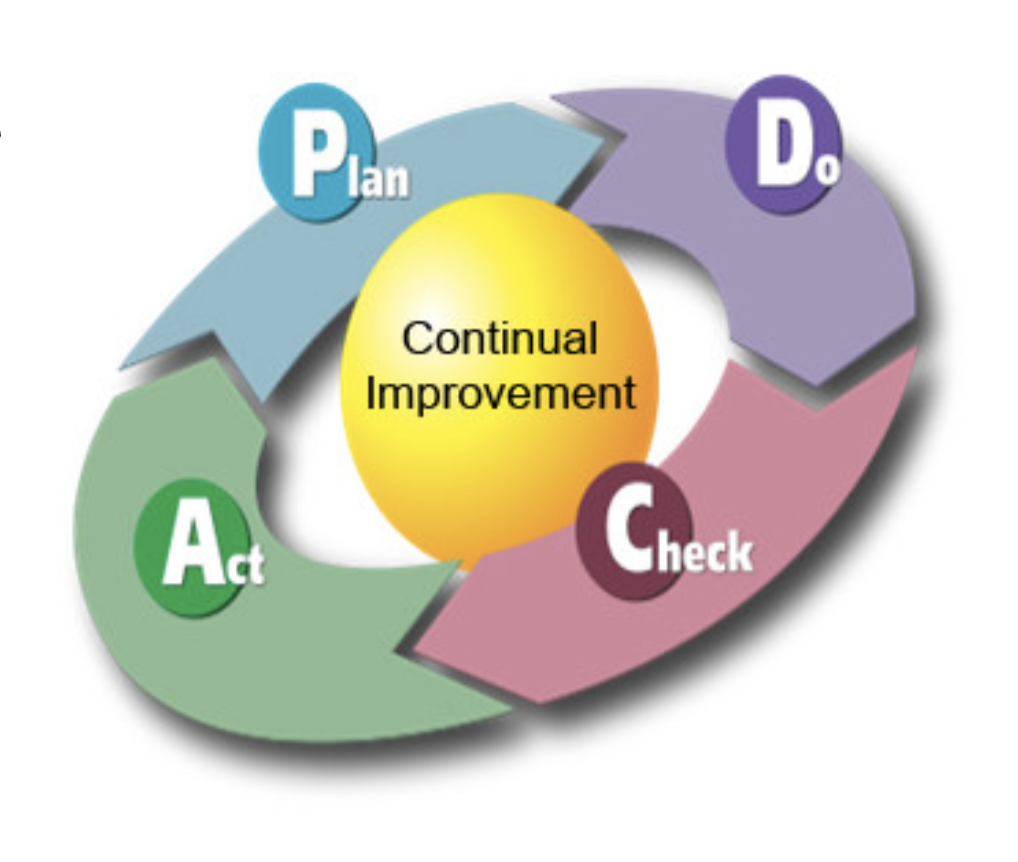Developing your ESG Management Process
If you have only just started thinking about ESG, and what it means to your company, visit the blog ‘How do you start your ESG journey’ this will guide you through the initial steps, to identify the issues that are important for you to address in your ESG program. Once you have decided what it is that you want to manage, what happens next? This really depends on what is driving your ESG journey. External factors may be dictating the pace, or it could be something that you want to work on gradually. The process is the same, what changes is the amount of resources you will need to achieve the end goal.
Taking into account each of your priority areas that you want to manage, the first step is to evaluate and record where you are at right now.
For example, if you have identified waste as an issue, determine how much to you currently produce, of what nature, and where it goes. Or maybe your priority is aligning board diversity with your workforce or community gender and ethnic profile, in which case you would have to examine the diversity status of your current board.
When you are doing this, it is important to think about how you measure performance in the priority areas. As the old saying goes, you can’t manage what you cannot measure, but there is often more than one way of measuring performance, and some methods are more meaningful than others. Within our practice, we advocate that you normalize metrics as far as possible. When measuring waste for example, the actual amount generated would go up with increased productivity. This could give an unrealistically negative impression if your company is in growth mode. So, calculating the amount produced per unit of product or per person employed is a much better way of presenting the data. The same approach can be used with other factors such as raw materials used, energy consumed, etc.
Once you have figured out what your baseline performance is and how you want to measure it, the next step is to set an objective and target. Where do you want to be and by when? Use SMART objectives (Specific, Measurable, Achievable, Relevant, Time-bound).
You now have a starting point and a destination for each priority area. The next task is planning the route. Ask yourselves, what resources do we need? For example:
Do we need additional competence among our staff or leadership team?
Do we need extra equipment?
What additional information is required?
Are there additional processes or procedures to be developed?
Answers to these questions will involve funding and resource considerations as well, so don’t be afraid to go back and re-evaluate your priorities, again focusing on those that are most critical to your business success. Or review your targets and objectives and change them if they are too easy or over ambitious (the achievable bit of SMART).
For each of your priority areas break it down into individual tasks. Then for each task, know the scope (what it is you must do), the resources (who will do it with what materials and funding) and schedule (when does it have to be completed by).
Be prepared to adapt your plans as you work through them, and schedule a formal review after one year of implementation. During this review, assess your progress against the initial targets and readapt your plans accordingly. At that time, you can consider changing your priorities, targets and objectives.
Once you have established the process known as the PDCA (Plan, Do, Check, Act) management system cycle, it is a case of rinse and repeat. If possible, you should strive for continual improvement in what you do. At the heart of it all, your focus on ESG is one of several tools – albeit a very important one – to help you manage your business more effectively.

